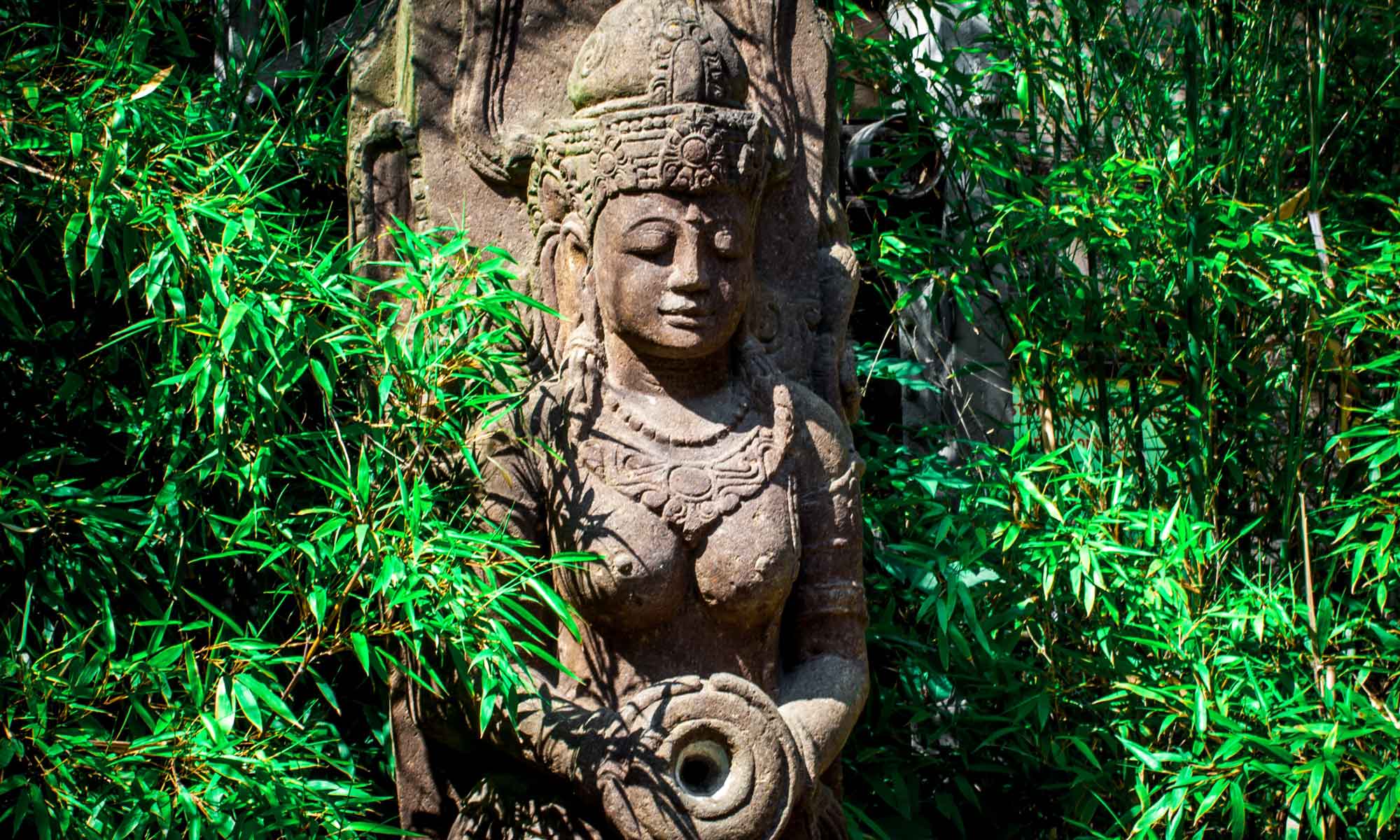Whether you are interested in classical Greece or the Australian Dreamtime, the Explorator listserv by David Meadows is a wonderful resource. In its 15th year, this great list covers links to all kinds of web articles (and accompanying images) on the broad topic of archaeology. No ads, no discussion–just a single weekly email of links for you to pursue. To subscribe to Explorator, send a blank email message to:
Image Archive for Educational Use
 If you are frequently searching for images from art history or archaeological sites, you might want to add California State University’s WorldImages site to your bookmarks. This site contains more than 80,000 images which you are free to use for non-profit educational purposes, provided that you credit the copyright holders of those images. The database began as a collection used for teaching a survey art history course, but it has grown to include images appropriate for all grade levels.
If you are frequently searching for images from art history or archaeological sites, you might want to add California State University’s WorldImages site to your bookmarks. This site contains more than 80,000 images which you are free to use for non-profit educational purposes, provided that you credit the copyright holders of those images. The database began as a collection used for teaching a survey art history course, but it has grown to include images appropriate for all grade levels.
The photo above is an example of an image relevant to our ongoing exploration of bee imagery. Here’s the copyright information provided in WorldImages:
Silver Tetradrachm. Bee. Ephesos.
390 BCE-340 BCE
Silver
Struck
Greek Classical
Ephesus. Turkey.
New York. Metropolitan Museum of Art.
©Kathleen Cohen
Call for Writers: The Red Tent Anthology
Engaging Living Traditions
by Kathryn Henderson, Ph. D.
Goddess Spirituality is eclectic in that we pursue scholarly research about female deity from traditions spanning time, cultures, and space and use that information in our spiritual practice. We draw on many sources, ranging from scholarly research generated from the study of ancient surviving images and texts, to oral tradition mythologies, to our own intuitional or psychic connection to sacred energies. We also draw on contemporary spiritual traditions, our own and others. Engagement of Deities and religious practices of living traditions outside our own raises the thorny issue of balance between attempts at cultural inclusiveness and cultural appropriation.
Read PDF article: Engaging Living Traditions by Kathryn Henderson
Deity in Sisterhood: An Introduction
Deity in Sisterhood: A Brief Introduction to the Collective Female Sacred in Germanic Europe
©2010, Dawn E. Work-MaKinne. All rights reserved.
Deae Matronae of the UbiPopular imagination often portrays pre-Christian Germanic religion as stereotypically patriarchal and violent. It is true that both pre-Christian and Christian Germanic religious expressions are principally male-centered, and much of the literature from the age of the Viking lore depicts the actions of violent men and families. However, alongside and within these stories, histories and religions runs a counter-view of the divine as collective and female. There are groups of goddesses and groups of female saints, often in collectives of three, but just as often unnumbered. Although it is not a requirement that collective deity be female, in Germanic Europe it is overwhelmingly the case. Collective goddesses and the collective female sacred can therefore be a subset of a larger concept, that of collective deity. For my purposes, collective deity is (1) a group of sacred or supernatural beings (2) collected under one group name (although they may carry additional individual names or epithets) (3) but not conflated into a single being; (4) worshipped collectively; (5) who act and wield their powers collectively and consensually.
The collective sacred female is an underrecognized theme that winds through Germanic religious history, pre-Christian and Christian. The earliest example of the Germanic collective goddesses is the Deae Matronae, Roman-Celto-Germanic goddesses of the Roman Era Rhineland, at the beginning of the Common Era. These goddesses are always a threesome, and when they are depicted in artwork, show two goddesses with the large bonnet headdresses of the married Ubii tribeswoman, along with one goddess wearing the long, flowing hair of the unmarried Ubii woman. The artwork depicting the goddesses clusters around the century beginning 164 CE. Though the goddesses were those of a Germanic tribe, they were worshipped in a Roman manner, and the artifacts that remain are those carved by Roman stonecutters, remnants of the Roman vota ceremonies. The artifacts do not reveal the content of the vows fulfilled by the goddesses, but they do reveal the names and epithets of the Matronae goddesses: names speaking of the landscape, the peoples, the rivers, the animals and the bountiful nature of the goddesses.
It is almost a thousand years before the next collectives of goddesses appear in the Germanic historical record, and these are in Old Norse-speaking Iceland. Continue reading “Deity in Sisterhood: An Introduction”




You must be logged in to post a comment.